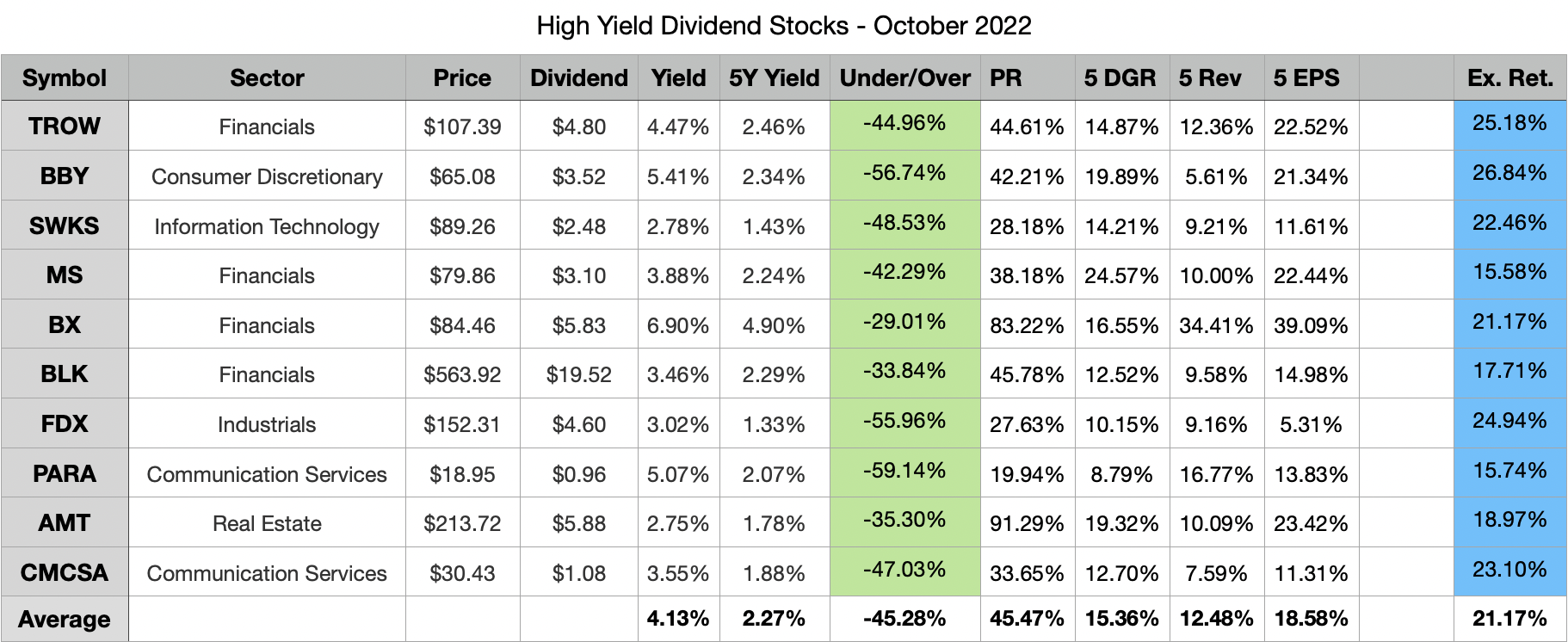
Investing in silver futures has many benefits to investors, but also has the potential for big losses. Silver is considered a safe investment, but the market can be volatile and investors could lose a lot of their money.
Silver futures can be traded on an exchange between two parties. This allows speculators to profit from favorable price changes and protect their wealth. Silver futures can trade on global exchanges like the Tokyo Commodity Exchange. The New York Mercantile Exchange and Multi Commodity Exchange.
Silver futures can be traded in many sizes. A typical contract is either 1,000-ounces or 5,000-ounces. These contracts can be quoted in dollars or cents per troy-ounce. They can be traded on the COMEX section of the New York Mercantile Exchange.

Silver futures traders can take advantage of leverage. Leverage allows traders to take on positions larger than their capital. However, leverage could lead to rapid losses. Before entering the market, inexperienced participants need to carefully evaluate their risk profile and time horizon.
Producers and portfolio mangers can also use silver options to hedge their price risk. The difference between the price in the spot market and the price in the future is determined by interest rates, the number of days until the contract delivery date, and the strength of the market's demand for immediate physical delivery.
Some silver futures contracts may be traded in OTC (over the counter) markets, where prices can be negotiated directly between participants. The daily benchmark price is used as a benchmark to measure trading activity in the spot market. It is also used in producer agreements.
Another form of silver futures trading involves speculation. Speculation refers to investors who believe that silver's price will rise in the future. Futures contracts are usually purchased by traders to lock in a price at a certain amount of silver in future.

Silver futures are risky, but they can still be useful for hedgers and speculators. They are able to protect against price changes as well as reduce their loss risk, which is typically higher in physical markets. The investor has two options with a silver futures agreement: a short and long position. The seller is required to accept physical metal delivery at a later date. The short position is an obligation to sell the physical metal to the buyer at a predetermined price, usually at least $10 per ounce.
For novice investors, it is a good idea to avoid using leverage in the market for futures. Although it may give them a greater position, leverage can cause large losses. As a result, some experts recommend that beginners avoid futures trading altogether.
Investors are required to pay a margin fee to their broker when they buy or sell silver futures. Before they can trade, however, The exchange will vary the amount. This margin is used to cover the cost of the futures contract, and gives the investor a technical ownership of the silver. The margin must first be paid and the investor will have to pay a percentage on each transaction.
FAQ
What are the advantages to owning stocks?
Stocks can be more volatile than bonds. The value of shares that are bankrupted will plummet dramatically.
However, share prices will rise if a company is growing.
In order to raise capital, companies usually issue new shares. This allows investors to buy more shares in the company.
Companies can borrow money through debt finance. This allows them to borrow money cheaply, which allows them more growth.
Good products are more popular than bad ones. As demand increases, so does the price of the stock.
The stock price should increase as long the company produces the products people want.
What is the difference between stock market and securities market?
The entire market for securities refers to all companies that are listed on an exchange that allows trading shares. This includes options, stocks, futures contracts and other financial instruments. Stock markets can be divided into two groups: primary or secondary. The NYSE (New York Stock Exchange), and NASDAQ (National Association of Securities Dealers Automated Quotations) are examples of large stock markets. Secondary stock markets let investors trade privately and are smaller than the NYSE (New York Stock Exchange). These include OTC Bulletin Board Over-the-Counter and Pink Sheets as well as the Nasdaq smallCap Market.
Stock markets are important for their ability to allow individuals to purchase and sell shares of businesses. It is the share price that determines their value. The company will issue new shares to the general population when it goes public. These shares are issued to investors who receive dividends. Dividends are payments that a corporation makes to shareholders.
Stock markets not only provide a marketplace for buyers and sellers but also act as a tool to promote corporate governance. Shareholders elect boards of directors that oversee management. Managers are expected to follow ethical business practices by boards. If a board fails in this function, the government might step in to replace the board.
What is the difference in marketable and non-marketable securities
The key differences between the two are that non-marketable security have lower liquidity, lower trading volumes and higher transaction fees. Marketable securities on the other side are traded on exchanges so they have greater liquidity as well as trading volume. They also offer better price discovery mechanisms as they trade at all times. However, there are some exceptions to the rule. There are exceptions to this rule, such as mutual funds that are only available for institutional investors and do not trade on public exchanges.
Marketable securities are less risky than those that are not marketable. They usually have lower yields and require larger initial capital deposits. Marketable securities are usually safer and more manageable than non-marketable securities.
A large corporation bond has a greater chance of being paid back than a smaller bond. Because the former has a stronger balance sheet than the latter, the chances of the latter being repaid are higher.
Because of the potential for higher portfolio returns, investors prefer to own marketable securities.
How are Share Prices Set?
Investors who seek a return for their investments set the share price. They want to earn money for the company. They then buy shares at a specified price. Investors will earn more if the share prices rise. Investors lose money if the share price drops.
An investor's primary goal is to make money. This is why they invest. They are able to make lots of cash.
What is a mutual-fund?
Mutual funds are pools of money invested in securities. Mutual funds provide diversification, so all types of investments can be represented in the pool. This reduces the risk.
Mutual funds are managed by professional managers who look after the fund's investment decisions. Some funds also allow investors to manage their own portfolios.
Most people choose mutual funds over individual stocks because they are easier to understand and less risky.
What is a Stock Exchange and How Does It Work?
Companies can sell shares on a stock exchange. This allows investors and others to buy shares in the company. The market sets the price of the share. It is often determined by how much people are willing pay for the company.
Stock exchanges also help companies raise money from investors. Investors are willing to invest capital in order for companies to grow. They do this by buying shares in the company. Companies use their funds to fund projects and expand their business.
There can be many types of shares on a stock market. Some shares are known as ordinary shares. These are the most commonly traded shares. Ordinary shares are traded in the open stock market. Prices for shares are determined by supply/demand.
There are also preferred shares and debt securities. Priority is given to preferred shares over other shares when dividends have been paid. Debt securities are bonds issued by the company which must be repaid.
Statistics
- "If all of your money's in one stock, you could potentially lose 50% of it overnight," Moore says. (nerdwallet.com)
- The S&P 500 has grown about 10.5% per year since its establishment in the 1920s. (investopedia.com)
- For instance, an individual or entity that owns 100,000 shares of a company with one million outstanding shares would have a 10% ownership stake. (investopedia.com)
- Individuals with very limited financial experience are either terrified by horror stories of average investors losing 50% of their portfolio value or are beguiled by "hot tips" that bear the promise of huge rewards but seldom pay off. (investopedia.com)
External Links
How To
How can I invest into bonds?
You will need to purchase a bond investment fund. While the interest rates are not high, they return your money at regular intervals. You can earn money over time with these interest rates.
There are many options for investing in bonds.
-
Directly buy individual bonds
-
Buy shares from a bond-fund fund
-
Investing through an investment bank or broker
-
Investing through financial institutions
-
Investing through a Pension Plan
-
Invest directly through a broker.
-
Investing in a mutual-fund.
-
Investing through a unit-trust
-
Investing in a policy of life insurance
-
Private equity funds are a great way to invest.
-
Investing with an index-linked mutual fund
-
Investing in a hedge-fund.